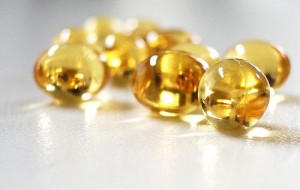 The following question is answered by Dr.James Craigie of The Center for Natural Breast Reconstruction.
The following question is answered by Dr.James Craigie of The Center for Natural Breast Reconstruction.
I am getting antsy with my breast health and am concerned for my future cancer risk. I have been diagnosed with juvenile papillomatosis, and have had one benign breast lump removed.
I currently have one lymph node and 5 masses (bilateral) under watch by mammogram/ultrasound every 6 months. I am really considering a prophylactic mastectomy due to my young age (39).
What are your thoughts, and would you recommend this if I were your patient? Also, do you think insurance would cover it in my case?
Thank you for your question. Do you have any family members who have had breast or ovarian cancer? Even if the answer is no, some people would consider a risk reduction mastectomy and immediate reconstruction. Multiple papillomas may increase your chance for breast cancer. Frequent screening with exams, ultrasounds mammograms will not prevent cancer. The idea of screening is to find something early.
If you are undergoing high risk surveillance (it seems that you are with all those repeat exams) then you should at least have the conversation with a breast surgeon who has experience with that type of surgery.
My expertise is in breast reconstruction and one area that we specialize in is breast reconstruction immediately at the time that someone has preventive mastectomy to reduce their chances of developing breast cancer. We work with an expert breast surgeon who performs the mastectomy but preserves the breast skin and nipple. Mastectomy for preventive reasons is very different from mastectomy when cancer has already developed. The reconstruction is different in that we can usually get the best possible result under those circumstances.
I hope I have answered your question please let me know.
–Dr. James Craigie
Center for Natural Breast Reconstruction
Have a question about breast reconstruction you’d like answered from our surgical team? Just ask us!
 The following question is answered by Dr.James Craigie of
The following question is answered by Dr.James Craigie of 












